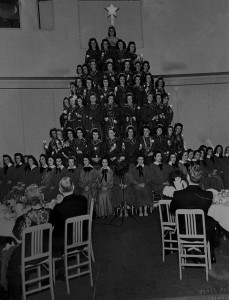From 1996 to 2001, my wife and I lived in Nyack, NY, twenty-five miles north of New York City, while we were teaching at a small Christian liberal arts college in the area. Both being from the South originally (Virginia and Georgia), we expected to find many places to worship, fellowship, and hear the preaching of God’s word in such a heavily populated area of the country—but we were mistaken. In fact, those five years of our married life were the most difficult we have had in regard to finding a church home.
One of the saving graces—and one of the conduits of saving grace—during those years was Tim Keller. As often as possible, we drove into Manhattan on Sunday mornings or evenings to hear Keller preach in Hunter College Auditorium or at a church on the West Side. My wife and I often commented that one Keller sermon gave us spiritual food to feed on for several weeks.
Furthermore, a Sunday evening sermon during January 2001 changed the direction of our lives. Keller preached about the importance of consistent participation in the body life of the church—being with other Christians and being under the preaching of God’s word. Because of the difficulty we had finding a church where we could belong and serve (Redeemer Church in NYC was a one-hour drive for us one way), that sermon—ironically—prompted us to consider moving south again.
Seemingly out of the blue, I received a call a week later from a friend in Jackson, MS, about an opening in the English department at Belhaven College. We have lived, worked, and worshiped in Jackson since July 2001, and, through God’s grace, attend Redeemer Church, Jackson, MS—a church that often reminds us of Redeemer Church, NYC. Tim Keller’s teaching and preaching change lives because they hold forth again and again the Great Life Changer.
–Randall A. Smith, Ph.D.
Professor of English
Chair, Creative Writing Department
Dr. Tim Keller, Founder and Pastor of New York’s Redeemer Presbyterian Church and New York Times Bestselling Author, is coming to Belhaven University on Thursday, February 24. He will be speaking on his new book King’s Cross, in the Center for the Arts Concert Hall at 7:00 pm. For more information see release “Dr. Tim Keller Speaks at Belhaven University.”

